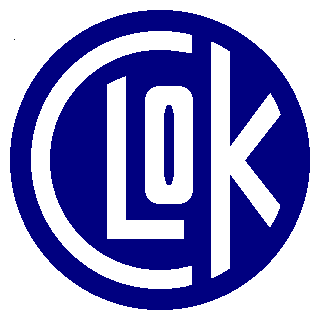|
For more information, click on one of the following
links.
Why orienteering is different
Map and compass
The seven point plan
At a control
Between controls
At the Start
Compass bearings
Getting lost .... and found again
Punching at the wrong control
Return to the main About Orienteering page
Return to the CLOK home page
|
Map and compass
The tools that you use to find your way round an orienteering course are
a map, a compass and your brain! This Basic Navigation section covers
the use of all three of these.
Map
Orienteering uses specially-produced maps that give a huge amount of
detail about the terrain that you're passing through. There are a
number of aspects of these maps that you need to be aware of.
First, they are very large scale compared to other maps that you will
have used. Orienteering maps are generally at a scale of 1:10,000
or 1:15,00. For comparison, an Ordnance Survey map for walkers will
be at a scale of 1:25,000, 1:40,000 or 1:50,000. If you're used to
using Ordnance Survey maps then when you start using an orienteering map
you'll get to places sooner than you're expecting to, and you'll tend to
over-shoot. Over the first part of your course pay some attention
to getting used to the scale of the map.
Second, on an orienteering map runnable forest is white and open land is
yellow. This takes a bit of getting used to. It's done this
way because in Scandinavia, where orienteering started, most of the terrain
is covered by forest and it made the maps clearer if this forest was shown
as white.
Third, orienteering maps use a comprehensive set of symbols to show
everything from paths and walls to individual boulders and small pits.
It wouldn't be realistic to expect you to become an expert in all of
those symbols before your first run. Fortunately, it's not necessary.
If you start off on the less navigationally challenging courses
there's a much smaller set of symbols that will be important to you.
Before you set out on your course make sure that you are familiar
with the symbols for:
(1) Track. Path. Ride.
(2) Wall. Fence. High fence.
(3) Stream. Ditch.
(4) Boulder. Crag.
(5) Knoll. Hill.
(6) Pit. Depression.
Also, be aware that different colours denote different types of forest.
As I mentioned before, open runnable forest is shown as white.
Forest that is a bit thicker - so that you can still run through it,
but more slowly - is shown as light green. Beyond that, the thicker
the forest the darker the green. As a general rule, avoid forest
mapped as dark green - it's called "fight" and usually lives up to its
name!
Go back to the main About Orienteering page.
|



